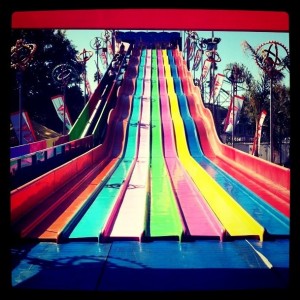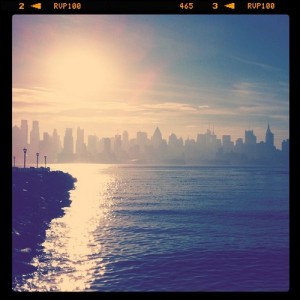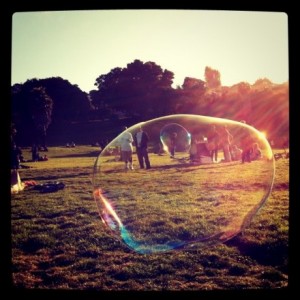Not too long ago, Facebook paid approximately 1 billion dollars for Instagram, free photo-sharing program and social network that has over one million registered users.
By May 2012, each second, 58 photos were being uploaded, each second, a new user was being gained, and the total number of photos uploaded (since inception) was more than one billion.
Instagram confines photos to a square shape, similar to Kodak Instamatic and Polaroid images, in contrast to the 4:3 aspect ratio typically used by mobile device cameras. It also has the following filtering effects.
Normal
-None
X-Pro II
– Warm, saturated effect. Emphasis on yellow.
Earlybird
– Faded, blurred, focuses on yellow and beige.
Lo-fi
– Slightly blurred, with yellow and green saturated.
Sutro
– Sepia effect. Emphasis on purple and yellow.
Toaster
-High exposure.
Brannan
– Low key. Focus on gray and green.
Valencia
– Highly contrast, slightly gray and brown.
Inkwell
– Black and white filter with high contrast.
Walden
Washed-out color with blue overtone.
Hefe
– Fuzz, with focus on gold and yellow tones.
Nashville
– Sharpens the image with magenta-purple tint. Framed with a border.
1977
– 1970s flair.
Lord Kelvin
– Super saturated, retro photo with scratchy border.
By May 2012, each second, 58 photos were being uploaded, each second, a new user was being gained, and the total number of photos uploaded (since inception) was more than one billion.
It seems that any and everyone can find some use for Instagram, whether it is for business, recording family memories, having a quick editing program, a place to surf and find other’s artistic photos, or to watch what other’s spend their money on.
Below are a few examples of photos taken with Instagram.











